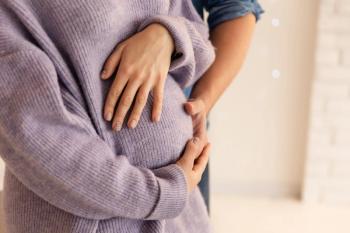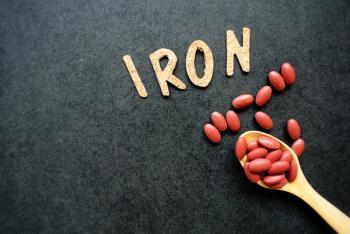
African-American and Caucasian women require same amount of vitamin D
A first-of-its-kind study has determined that although African-American women may have lower levels of the biomarker used to measure Vitamin D levels-25-hydroxyvitamin D or 25OHD-older African-American women and Caucasian women require the same amount of vitamin D supplementation.
A
The researchers set out to determine why 25OHD is lower in women with darker skin color. No study had determined if this is due to lower skin production, lower absorption, or different metabolism of vitamin D.
The researchers at Creighton University School of Medicine in Omaha, Nebraska, and Indiana University School of Medicine in Indianapolis, Indiana, examined vitamin D doses in 110 African-American women between the ages of 57 and 90. They claim that this was the first randomized controlled dose response study conducted in this population with a goal of setting a recommended dietary allowance (RDA).
Study participants were randomly assigned to placebo or vitamin D3 dosages of 400, 800, 1600, 2400, 3200, 4000, or 4800 IU daily; calcium supplements were given to maintain total calcium intake of 1200 mg/d to 1400 mg/d. At 12 months the researchers measured the participants’ serum 25OHD and serum PTH levels.
They found that vitamin D3 supplementation increased serum 25OHD in the African-American women just as it did in the Caucasian women. The researchers concluded that because absorption and metabolism of oral vitamin D was similar in the 2 groups, lower levels of serum 25OHD in African-American women must be due to lower production of vitamin D in their skin.
Newsletter
Get the latest clinical updates, case studies, and expert commentary in obstetric and gynecologic care. Sign up now to stay informed.









